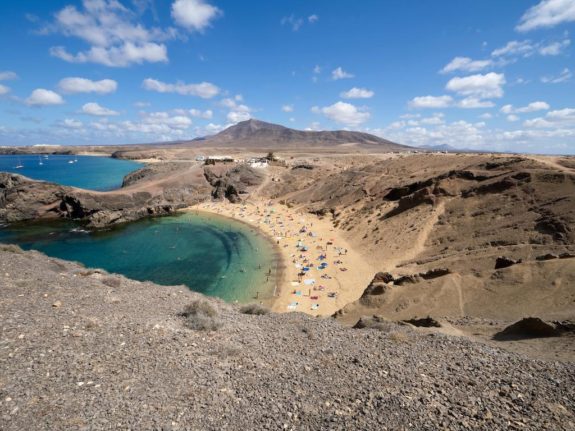Blue Flags are awarded for their excellent water quality and environmental standards by the Foundation for Environmental Education (FEE) and a total of 51 countries worldwide are judged.
They are awarded to those beaches that meet demands on issues such as hygiene, sanitary conditions, safety, accessibility and the provision of lifeguards.
This Tuesday, May 7th the Environmental and Consumer Education Association published a list of the blue flags that have been awarded for 2024.
Once again, Spain has come out on top with the most Blue Flag beaches out of a total 51 countries worldwide. This year it has been awarded a total of 683, 11 more than in 2023.
Like last year, the Valencia region has the most number of blue flags with 159, which is six more than last year. Of these, 69 are located in Alicante, 32 in Castellón and 34 in Valencia.
It’s followed by Andalusia with 156 (eight more than in 2023), then Galicia with 125, (the same as last year) and Catalonia with 118 (two less than last year) .
“We have been the country with the most blue flags in the world for three uninterrupted decades and will continue to do so this year. 15 percent of the blue flag beaches in the world are in Spain. This is a collective success because it is only possible thanks to the work of all administrations,” the Secretary of State for Tourism, Rosario Sánchez Grau enthused. “We are a world tourism power and we must also be so in sustainability,” she added.
This year, the region of Navarra was awarded its first ever Blue Flag at the Bahía de Lerate on the Alloz Reservoir, an inland beach.
Several other places also joined the list for the first time including El Toyo in Almería, Cambriles in Granada, El Encinarejo in Jaén, Banys de Forum in Barcelona, El Torres in Vilajoyosa (Alicante), and the beaches of Pobla Marina and Rabdells in the Valencia region.
The organisers also praised seven municipalities that have managed to maintain their Blue Flag status since the programme began in 1987. These are El Carregador in Alcalá de Xivert, San Joan de Alicante, La Fossa de Calpe, Carrer la Mar de Campello, Sant Antoni de Cullera, Nord beach in Gandía and Bastiagueiro de Oleiros beach.
A total of 30 beaches lost their blue flag status this year. Andalusia lost three, the Balearic Islands four, the Canary Islands three, Cantabria one, Catalonia seven, Valencia six, Galicia four and Murcia two.
Virginia Yuste, director of Bandera Azul who was at the press conference, explained that the reasons for losing a Blue Flag are non-compliance with the Coastal Law and poor quality of water.
The full list of Blue Flag beaches for 2024 can be found here.



 Please whitelist us to continue reading.
Please whitelist us to continue reading.
Member comments